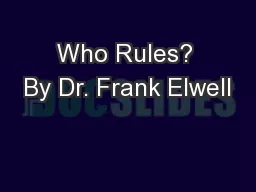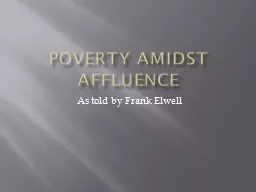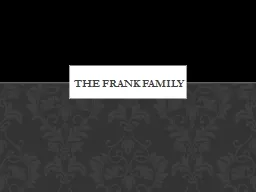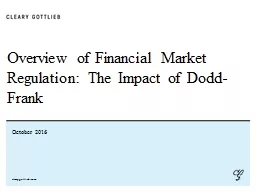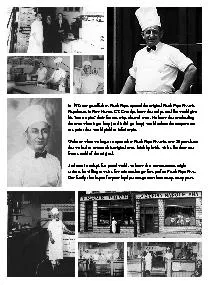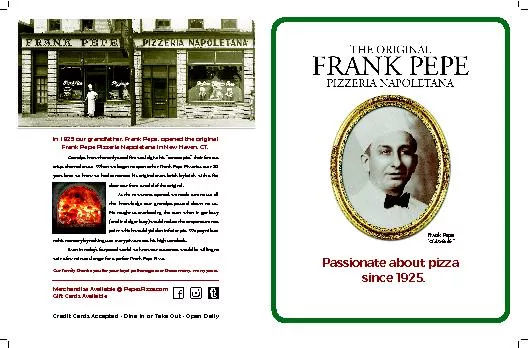PPT-Who Rules? By Dr. Frank Elwell
Author : min-jolicoeur | Published Date : 2018-03-09
Who Rules Many governments claim to be democratic but few actually are The former Soviet Union China even North Korea claim to be democratic Who Rules Even the
Presentation Embed Code
Download Presentation
Download Presentation The PPT/PDF document "Who Rules? By Dr. Frank Elwell" is the property of its rightful owner. Permission is granted to download and print the materials on this website for personal, non-commercial use only, and to display it on your personal computer provided you do not modify the materials and that you retain all copyright notices contained in the materials. By downloading content from our website, you accept the terms of this agreement.
Who Rules? By Dr. Frank Elwell: Transcript
Download Rules Of Document
"Who Rules? By Dr. Frank Elwell"The content belongs to its owner. You may download and print it for personal use, without modification, and keep all copyright notices. By downloading, you agree to these terms.
Related Documents

